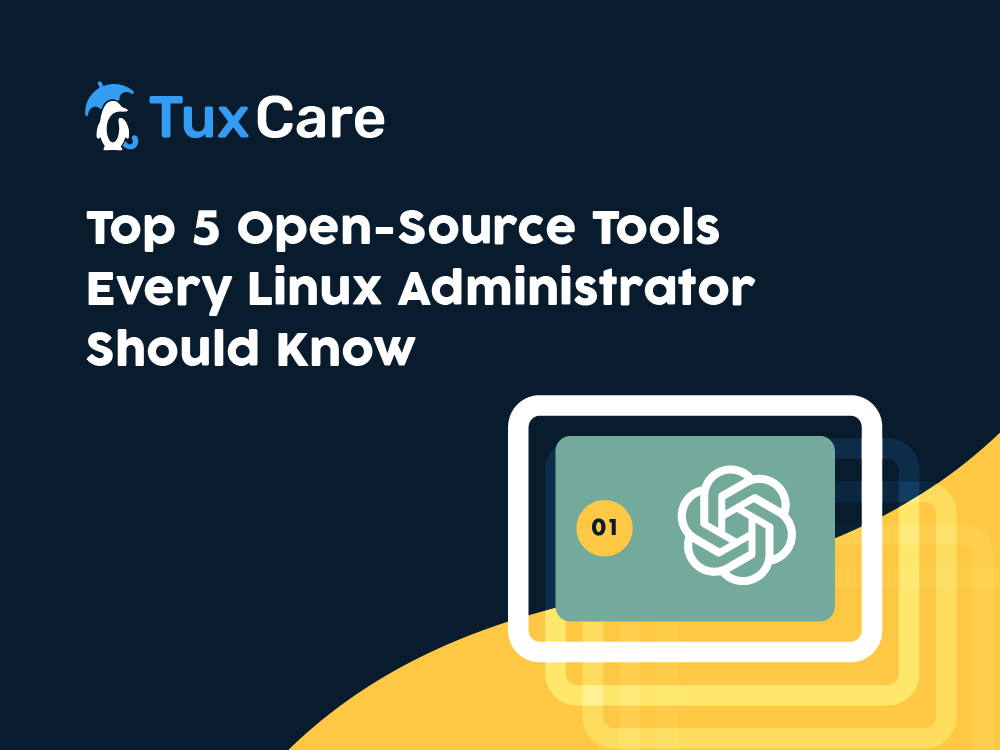Top 5 Open-Source Tools Every Linux Administrator Should Know About
Behind the scenes of every well-oiled IT infrastructure, there is a Linux administrator ensuring smooth operations. The role requires a diverse skill set and a toolkit of reliable tools that can make their job easier and more efficient. In the vast sea of open-source software, finding the right tools can be a challenge. But fear not, for we have curated a list of the top five open-source tools that every Linux administrator should know.
These tools are designed to enhance productivity, streamline operations, and conquer the challenges that come with managing Linux systems. So, let’s dive into the valuable open-source tools that can empower Linux administrators to navigate their roles with confidence and expertise.
1. Ansible
In the realm of automation and configuration management, Ansible reigns supreme. This open-source tool enables Linux administrators to define and automate infrastructure as code, simplifying the management and configuration of servers. With its straightforward syntax and agentless architecture, Ansible eliminates the complexities of setup, empowering administrators to effortlessly handle tasks such as deployment, orchestration, and configuration management.
2. Nagios
Monitoring an IT infrastructure is akin to maintaining a vigilant watchtower. Nagios, a robust open-source monitoring tool, equips Linux administrators with comprehensive monitoring and alerting capabilities. It enables administrators to proactively detect and address issues by monitoring network services, host resources, and system metrics. With Nagios, administrators can ensure the stability and availability of their infrastructure, minimizing downtime and optimizing performance.
3. Wireshark
Troubleshooting network-related problems can be like untangling a complex web. This is where Wireshark, a powerful open-source network analyzer, comes to the rescue. Wireshark allows Linux administrators to inspect network traffic at a granular level, offering a wealth of information. With its intuitive graphical interface and extensive protocol support, Wireshark enables administrators to capture, analyze, and interpret network packets, aiding in the diagnosis of network issues and the optimization of network performance.
4. Git
Version control is not solely the realm of developers but also an invaluable tool for Linux administrators. Enter Git, a widely adopted open-source distributed version control system. With Git, Linux administrators can effectively track changes to system configurations, scripts, and other important files. It provides the ability to maintain a history of changes, revert to previous versions, and collaborate seamlessly with other team members, ensuring efficient and controlled management of critical files.
5. Cockpit
Managing servers through a web-based interface can be a game-changer for Linux administrators. Cockpit, an open-source Linux server management tool, offers a user-friendly web console for monitoring and managing multiple servers. With Cockpit, administrators can perform tasks such as system monitoring, user management, and network configuration without the need for intricate command-line interactions. It provides a centralized view of Linux servers, simplifying administration and making it more accessible, particularly for those who are new to the command line.
6. LivePatching with KernelCare
KernelCare Live patching is an exceptional open-source tool for automated, non-disruptive vulnerability patching that brings numerous benefits to the world of system administration and security. By providing real-time kernel updates without the need for system reboots, KernelCare ensures uninterrupted operations, enhanced system stability, and improved security posture. This remarkable tool offers a seamless solution for applying critical patches and security fixes, eliminating the downtime and disruptions associated with traditional patching methods. As an open-source tool, KernelCare encourages collaboration and community involvement, allowing users to contribute to its development and customization. Its availability as an open-source software ensures transparency, reliability, and affordability, making it an invaluable asset for organizations and individuals seeking a secure and efficient approach to kernel patching.
Final Thoughts
As a Linux administrator, your role is instrumental in maintaining the backbone of an organization’s IT infrastructure. Equipping yourself with the right tools is essential to efficiently manage and troubleshoot Linux systems. The open-source tools mentioned in this article – Ansible, Nagios, Wireshark, Git, and Cockpit – offer Linux administrators a powerful toolkit to streamline operations, improve productivity, and conquer the challenges that come their way. Embrace these tools, unlock their potential, and elevate your expertise as a Linux administrator, ensuring the smooth operation of your organization’s IT infrastructure.



 Documentation
Documentation Login
Login



